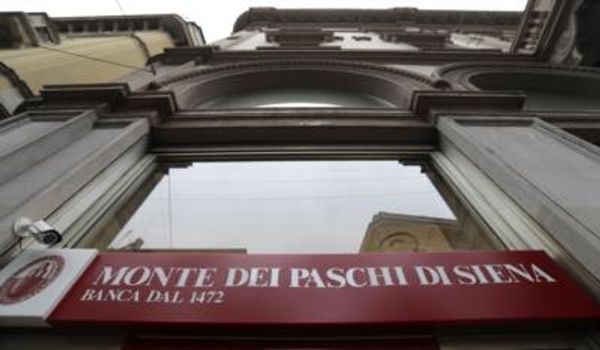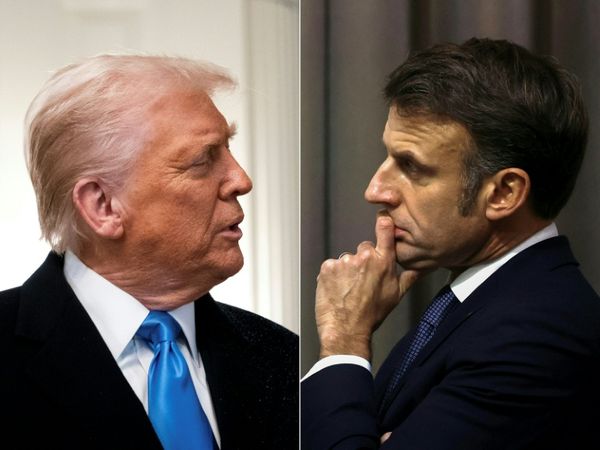
Central banks across the world have simultaneously hiked interest rates to tame runaway inflation in 2022. Yet the trajectory of interest-rate increases and other policy actions may not be sufficient to bring global inflation back down to levels seen before the pandemic.
The global high inflation trend is expected to persist in 2023, albeit at slower rates.
The cost-of-living crisis, tightening financial conditions in most regions, Russia's invasion of Ukraine and the lingering Covid-19 pandemic all weigh heavily on the outlook.
The International Monetary Fund forecasts global inflation to rise from 4.7% in 2021 to 8.8% in 2022 but to decline to 6.5% in 2023 and to 4.1% by 2024.
Monetary policy should stay the course to restore price stability, and fiscal policy should aim to alleviate the cost-of-living pressures while maintaining a sufficiently tight stance aligned with monetary policy.
To cut global inflation to a rate consistent with their targets, the World Bank's study has found central banks may need to raise interest rates by an additional 2 percentage points. This may lead many countries to fall into recession in 2023.
Poonpong Naiyanapakorn, director-general of the Trade Policy and Strategy Office under the Commerce Ministry, said the ministry forecasts headline inflation in 2023 will be between 2.0-3.0%. It will be at a slower rate from 2022, which had an average of 6.1% over the 11 months.







